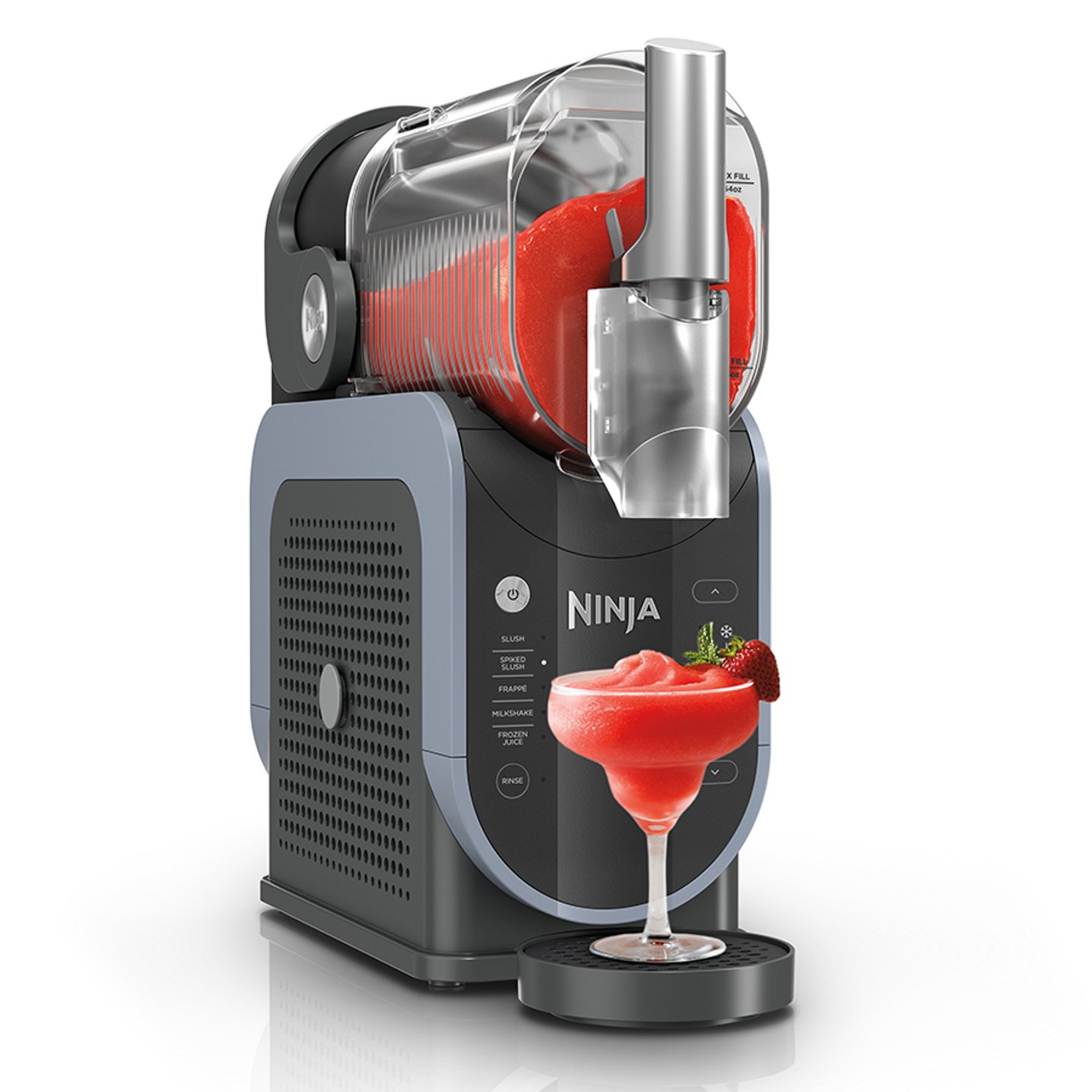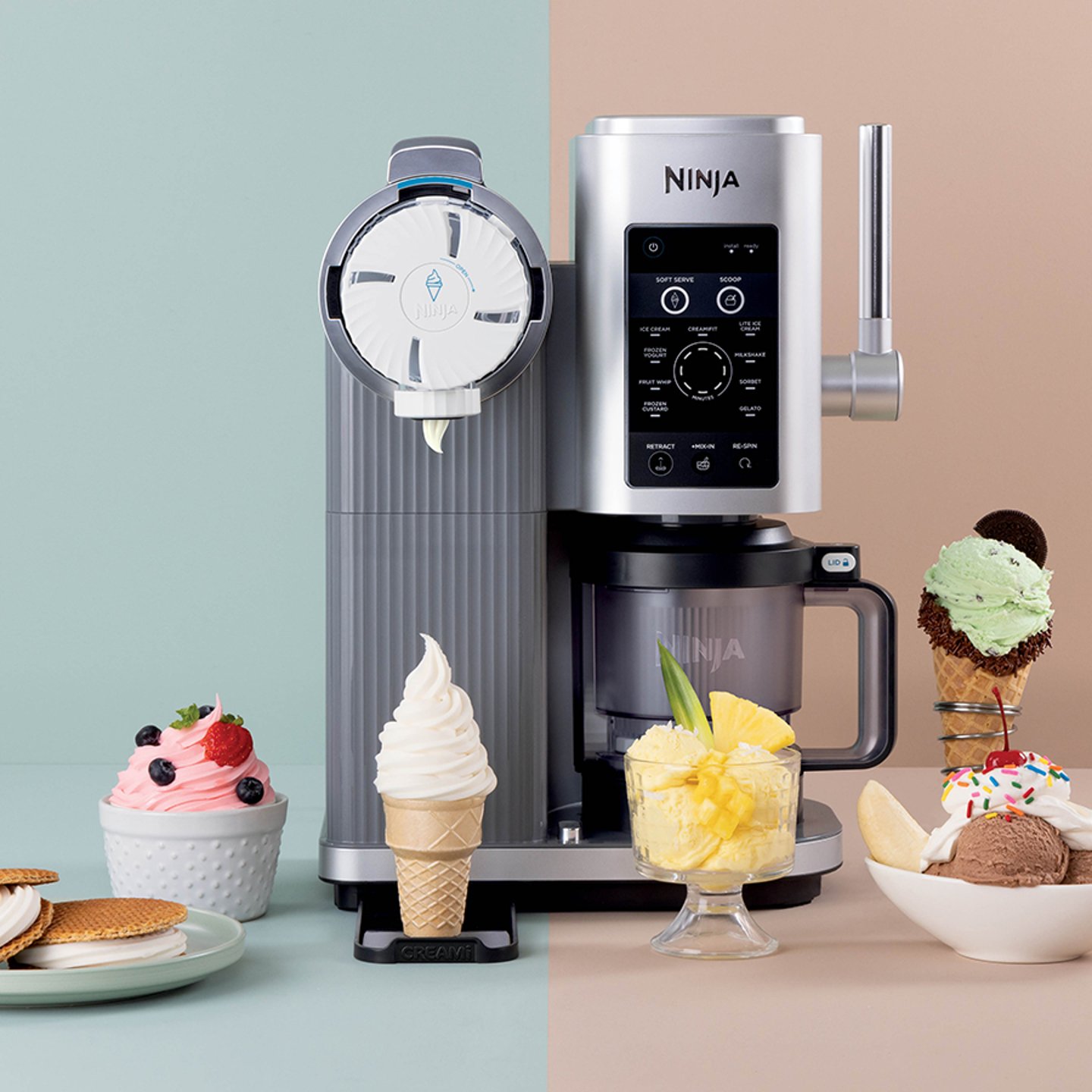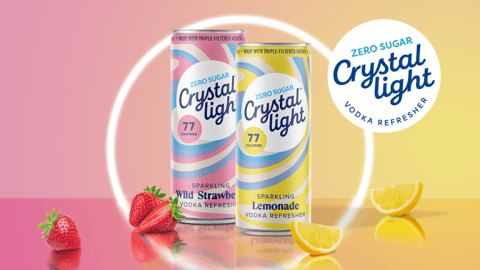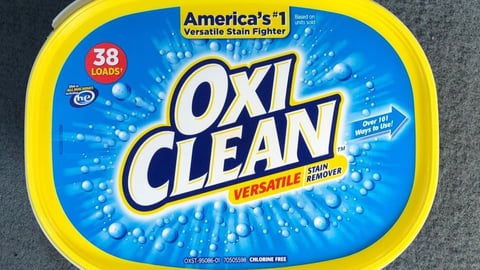SharkNinja Elevates Flywheel Strategy to Harness Influencers as Growth Engines
With another strong Q4 in the books, SharkNinja has homed in on social media influencers as a key component of its 2025 marketing strategy.
The consumer products company, which is keen to build out its direct-to-consumer business, is successfully activating a flywheel of user-generated content that starts with seeding influencers with products prior to launch, shared CEO Mark Barrocas on an earnings call last week.
Early User-Generated Content
SharkNinja’s Slushi frozen drink maker, which launched in July, has generated more than 500 million social media impressions to date, Barrocas said.
The company previously needed to sell up to 100,000 units in order to get “this kind of user-generated flywheel going,” he said. Now, getting products into the hands of influencers in advance is driving both awareness and sales.
For example, seeding the Swirl ice cream maker to a select group of influencers resulted in 70 million social media impressions and a 90,000-person waitlist, he said. (It officially launched last week.)
See also: Learn about Church & Dwight's 2025 marketing strategy
The company has developed mutually beneficial relationships with influencers who can build their follower base by using the products, according to Barrocas.
Influencers committed to just one TikTok, Instagram post or YouTube Short, “and they came back and they did 15 [or] 16 of them,” he said.
“We've created this really incredible kind of symbiotic relationship where these influencers are not just thinking of us as a brand that's going to invest in them; we're actually, in some cases, not investing monetarily but we're giving them a head start [or] sneak peek. We’re giving them a behind-the-scenes view,” said Barrocas.
“And that is very, very valuable to them in terms of being able to develop content that engages their communities,” he added.
Direct-to-Consumer Growth
SharkNinja grew fourth-quarter net sales 30% year over year to $1.79 billion. Net sales in North America were up 22%, tallying just shy of $1.2 billion.
Its direct-to-consumer business grew faster than the rest of the business in 2024, a trend the company expects to continue this year, according to Barrocas.
The company intends to launch 25 new products this year across both new and existing categories. Launching them DTC enables SharkNinja to control distribution early on, said Barrocas, as well as receive immediate consumer feedback.
“I think you should expect to see the first 30 to 45 days of many of these big viral product launches to be done through direct-to-consumer and then to expand out into our retail partners.”
Direct-to-consumer also provides broader merchandising assortment opportunities, such as select colors or configurations, he said.
“We've got to make direct-to-consumer a unique destination for the consumer to buy our products by having something unique and special for them.”
See also: Download to learn about the Next Big Thing in Customer Experience
SharkNinja is implementing Salesforce’s Agentforce and Commerce Cloud solutions to personalize customer service with autonomous agents at the end of Q3. The company will first go live in North America, with plans to go live in Europe in Q1 2026.
As part of this, AI agents will answer and troubleshoot product questions, manage returns, and provide recipes for use with SharkNinja products, SharkNinja CIO Velia Carboni shared during the NRF Big Show last month.
Barrocas said on last week’s call that they’re excited about what that's going to bring to their direct-to-consumer business. “The goal here is still to keep a balanced omnichannel strategy, but to really make sure the direct-to-consumer creates a unique destination for the consumer,” he added.
Supply Chain Update
SharkNinja has been proactive about diversifying its production outside of China, a strategy that CFO Patraic Reagan described as “a challenging journey.” Nearly 90% of all U.S. volume is expected to shift outside of China by the end of the second quarter, with a complete exit expected by the end of the year.
“This was not the easy path, it was the road less traveled and we took it with a long-term strategic vision in mind,” said Reagan. “We committed to diversifying our supply chain early, making difficult yet necessary decisions that are now delivering tangible results.”
This was originally published on Path to Purchase Institute, a CGT sister brand.






